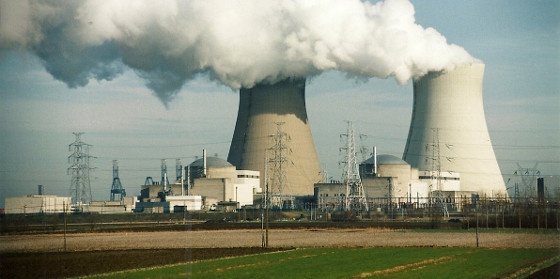Machine vision goes nuclear
Tuesday 28th February, 2017Machine vision technology has always been associated with saving time and improving efficiency, now civil engineers from Purdue University in the US have created a machine vision based system which could improve safety at nuclear power plants.

The system would detect tiny cracks in nuclear reactors, the vision system is claimed to be more reliable than other automated inspection systems. The system can grade defects and distinguish between genuine cracks and harmless surface texture breaks of the reactor casing.
Currently, crack detection is a manual process completed by power station staff, who watch video footage from vision inspection cameras. Up until now, operators have been required because older automated systems could not distinguish between a scratch and a crack.
The safety benefits of early detection are obvious, the cost savings are more eye-opening. Mohammed Jahanshahi, who led the Purdue research, points out that leaks at US nuclear reactors in 1996 and 2010, caused by cracks in valves and underground pipes, cost a total of almost $1bn to repair. If a small percentage of those cracks could have been detected earlier then millions in repairs could have been saved.
The team tested the technique using video footage of underwater metal components in similar conditions to those found in nuclear reactors, featuring a mixture of cracks, welds, scratches and grind marks. Read more about their work in the Computer-Aided Civil and Infrastructure Engineering journal.
Interested in machine vision technology?
Learn how similar machine vision techniques could increase your profits by getting in touch with Shelton Vision today for a confidential discussion. Please get in touch by completing our online contact form or by calling 0116 279 0920.

